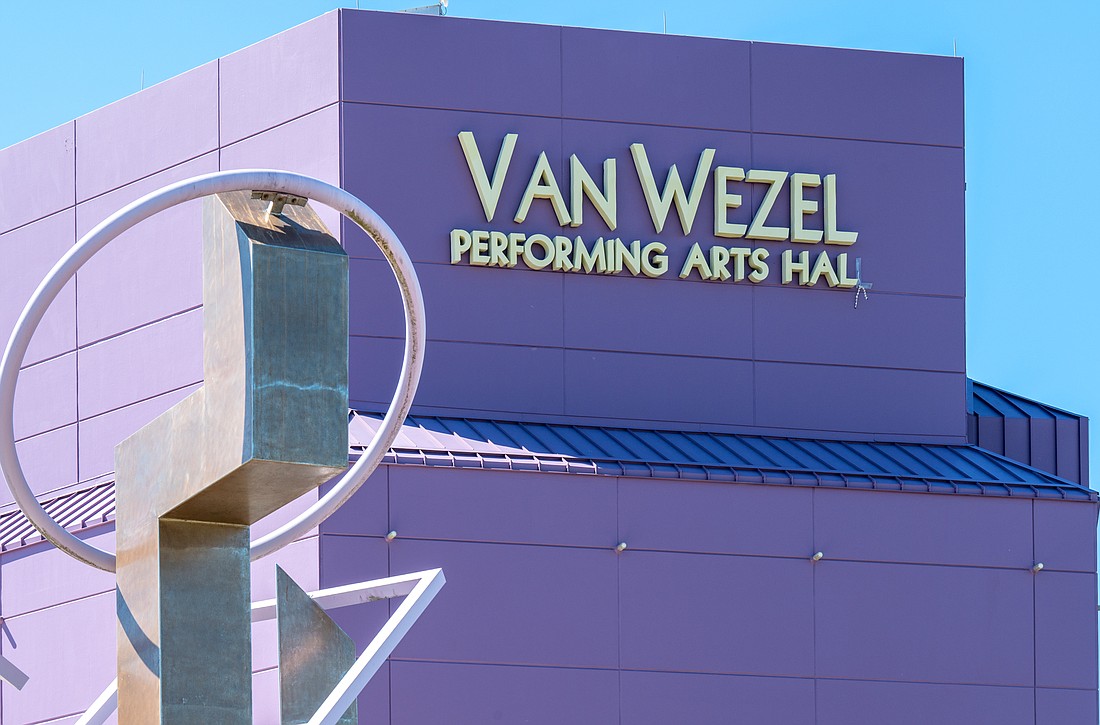- December 13, 2025
-
-
Loading

Loading

As businesses come to grips with the aftermath of Ian, some sign companies in the area are so busy they can’t even come to the phone.
After the Business Observer reached out to six sign companies, phone calls were met with unreturned voicemails, promises to call back and even one who confirmed how busy they were but declined an interview. One sign entrepreneur who agreed to an interview was Hidayet Kutat, president and CEO, of Gulf Coast Signs of Sarasota Inc. Asked if he was busy post-Ian Kutat responded "that’s an understatement."